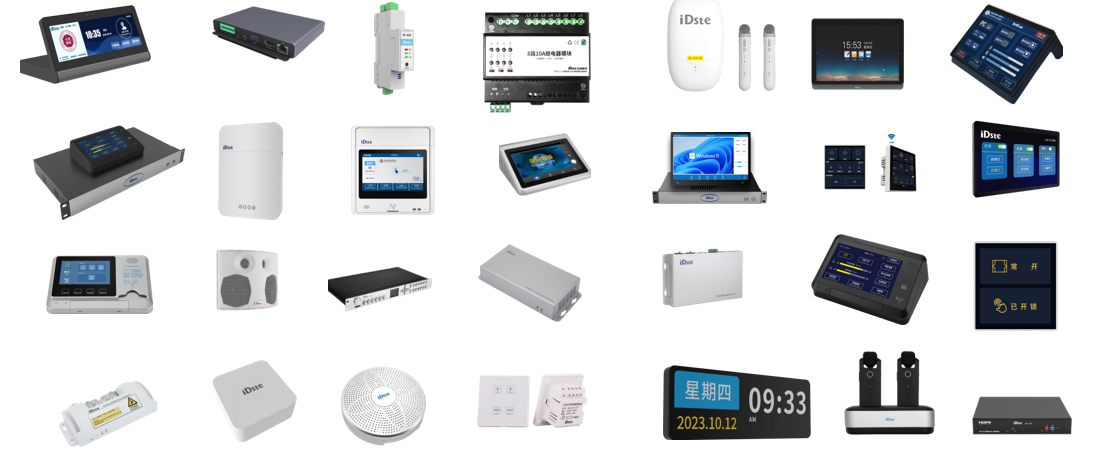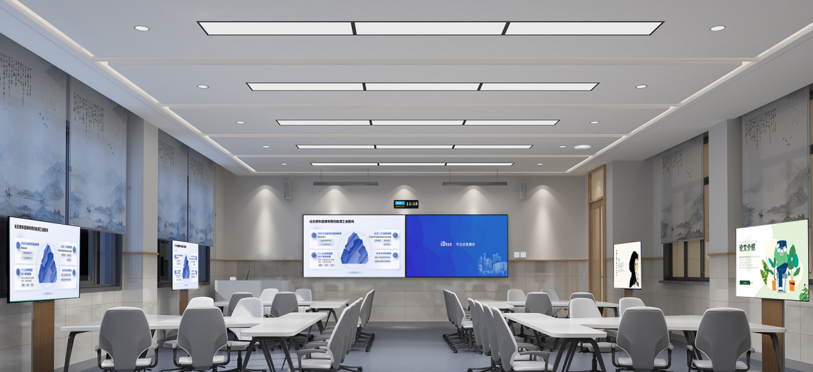
Multimedia tools improve communication by making info fun and shareable. They help businesses grab people's attention easily.
Using multimedia in schools makes learning exciting. Videos and games make lessons more interactive and enjoyable for students.
A control room helps manage multimedia better. It allows easy scheduling, monitoring, and fixing problems quickly for smooth content sharing.
Picture walking into a meeting room where everything runs smoothly. Multimedia makes sharing updates, training, and presentations simple. Streaming keeps your team informed and focused without tech problems. Everyone, whether in the room or online, gets the same great experience. It’s not just about sharing facts; it’s about building connections that boost teamwork.
Technology has changed how students learn in schools. Teachers can show lessons and demos on classroom screens, making learning fun. Studies prove tech helps students stay interested:
Students answer questions online, making lessons more fun.
Tools like e-books give many ways to learn.
Games in lessons keep students excited and paying attention.
Using multimedia in class isn’t just teaching—it’s inspiring young minds.

Hallways and lobbies are great for grabbing attention fast. Digital signs and videos catch people’s eyes quickly. Did you know pictures are understood way faster than words? Here’s a table showing why visuals work so well:
Statistic Description | Value |
|---|---|
90% | |
Brain recognizes images super quickly | 13 milliseconds |
Visuals get more attention than plain text | 94% more views |
People remember visuals better after 3 days | 65% |
Digital signs are remembered more than paper signs | 83% |
Digital signs improve brand awareness | 47.7% |
Moving signs get more views than still ones | 400% more views |
With multimedia, even a hallway can become an exciting place to share ideas.
Think about controlling what shows on screens and when. An integrated control room lets you schedule content perfectly. Play ads during busy times or share news in the morning. Timing helps your audience see the right message at the right time.
Scheduling also gives useful data about how people engage. For example:
Play frequency reports show how often content is shown.
Playback reports track times, devices, and lengths for better planning.
Event stats measure how users interact and take actions.
Metric | What It Does |
|---|---|
Play Frequency Reports | Tracks how often content plays, helping adjust schedules. |
Detailed Playback Reports | Logs times, devices, and durations for compliance and strategy. |
Event Statistics | Tracks user actions, showing how content connects with viewers. |
Managing multimedia systems doesn’t need to be hard. A single dashboard lets you monitor everything easily. You can check if systems work, confirm content plays, and ensure all screens are connected.
This setup saves time and lowers stress. Instead of using many tools, you see everything in one place. If a screen stops working or a video won’t play, you’ll know right away. This control makes sure your hard work creating content isn’t wasted.
Tech issues happen, but they don’t have to ruin your plans. The control room helps you fix problems fast. If a screen goes down or a video freezes, you can solve it right from the dashboard.
Quick fixes mean less downtime and happier viewers. Whether it’s a school, lobby, or care home, smooth multimedia delivery keeps trust and satisfaction high.
Every place and group is different, so content should match. The control room lets you set up profiles for each space or group. For example, classrooms might need interactive lessons, lobbies need ads, and care homes need calming videos.
This customization makes content more engaging for everyone. It also makes managing easier since you can change one group’s settings without affecting others. By tailoring content, you create better experiences for all audiences.
Think of a workplace where everyone knows the latest news fast. Multimedia helps by sending updates and announcements directly to workers. Whether it’s a new rule, urgent alert, or inspiring message, multimedia makes sure everyone gets the info they need quickly.
With screens and digital signs, updates can reach offices, break rooms, or remote workers. This quick sharing keeps employees engaged and focused on company goals. When workers feel informed, teamwork improves, and productivity grows.
Working from home doesn’t mean feeling left out. Multimedia tools and video calls bring teams closer, no matter the distance. These tools include features like shared whiteboards for ideas, file sharing for easy access, and meetings for both in-office and remote workers.
Here’s how these tools make teamwork better:
Learning systems help remote teams stay organized.
Meeting trackers show ways to improve teamwork.
Different communication options keep everyone involved.
Using multimedia tools creates a space where remote workers feel valued and ready to help.
Training doesn’t have to interrupt work. On-demand videos let employees learn when they need to. Store workers can learn about new products, sales teams can review tips before meetings, and tech support can check guides during calls.